Structure and Meaning in Role-Playing Game Design
Rebecca Borgstrom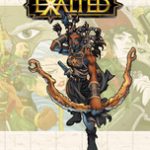
Using Exalted as her text, Rebecca Borgstrom begins with the premises that every role-playing game requires a setting, and that to establish a fictional world players work within a mutually agreed upon structure to construct meaning.
Making Games That Make Stories
James Wallis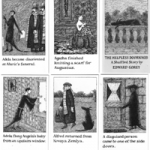
James Wallis uses genre as the fulcrum for balancing game rules and narrative structure in story-telling games, which he differentiates from RPGs through their emphasis on the creation of narrative over character development.
Inside God’s Toolbox
Jon AdamsJon Adams rifles through the instrument cabinet of the man upstairs by way of William J. Jackson's Heaven's Fractal Net. Adams finds more problems than solutions in Jackson's position that fractals are a fundamental and universal structure of life - a position Jackson stakes out by vacillating between scholarly proof and speculative guruism.
Black Postmodernism
Amy Elias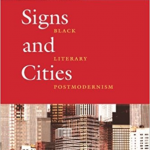
Amy J. Elias reviews Madhu Dubey's second book Signs and Cities: Black Literary Postmodernism and gauges the argument that we can locate within literary history a distinctive African American strain of postmodernism.
Storytelling Games as a Creative Medium
Will Hindmarch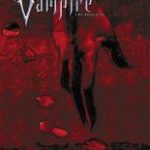
Will Hindmarch contests Greg Costikyan's challenge to the idea that "games have something to do with stories" by contending that "storytelling games reconcile the theoretically antithetical relationship between their two halves - story and game."
Games, Storytelling, and Breaking the String
Greg CostikyanGreg Costikyan revisits the narrative versus game-play debate that continues to be a staple of both Game Studies and Game Design. He presents a spectrum that ranges from game-focused forms to narrative-centric models, and suggests that free-form role-playing may be the most desireable marriage of narrative and game-play.
From the Basement to the Basic Set: The Early Years of Dungeons & Dragons
Erik Mona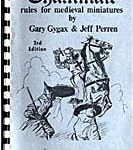
Erik Mona takes a first step toward measuring the cultural impact of Gygax and Arneson's Dungeons & Dragons by providing a pocket history of the game's generation and evolution. Mona explains the addition of character development as a game goal - the innovation that distinguishes D&D from its predecessors, and started the role-playing revolution.
Narrative Structure and Creative Tension in Call of Cthulhu
Kenneth Hite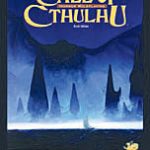
Kenneth Hite argues that the long-running, H.P. Lovecraft-inspired Call of Cthulhu franchise differs from traditional tabletop role-playing in its focus on suspense rather than character growth. Hite's analysis suggests that in its origins and emphasis on narrative structure Cthulhu is a highly literary game.
Playing with the Mythos
Van LeavenworthVan Leavenworth, in his response to Hite, delves more deeply into Cthulhu's literariness, in particular the "large adventure book 'footprint'" of the series. He contends that the Lovecraft mythos provides a framework for the generation of narratives that - unlike many RPG stories - hold up beyond the game-play session.
Limiting the Creative Agenda: Restrictive Assumptions In Chaosium’s Call of Cthulhu
David AlgerDavid Alger responds to Herber by disagreeing with the latter's claim that narrative trumps game-play in the Cthulhu "Haunted House" scenario, stressing that even the most narratively driven games still must be playable in order to be games.
On Character Creation in Everway
Jonathan Tweet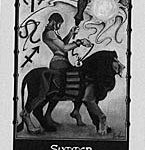
Jonathan Tweet explains how, unlike highly narratively structured games such as The Call of Cthulhu, the free-form, character-focused Everway includes a matrix that allows for the creation of coherent characters and productively constrains the otherwise open-ended game-play.
On “The Haunted House”
Keith Herber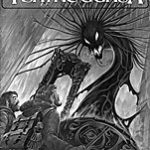
Keith Herber discusses how in his "Haunted House" scenario for Call of Cthulhu, characters are driven insane by their attempt to unravel the game's mysteries. Herber's explanation distinguishes his work from many other role-playing games in which the goal is to develop characters and acquire power and/or wealth. In contrast, characters in Herber's scenario are rewarded with mental instability.
What Was Postmodernism?
Brian McHale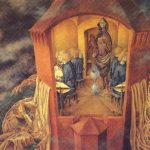
Brian McHale looks back on the movement in "What Was Postmodernism?" He contrasts postmodernism's canonization with critical constructions of modernism, and moves through contemporary painting to reflect on intersections between the violence of recent history and postmodernism, as the postwar world lived "in the ruins of our own civilization, if only in our imaginations."